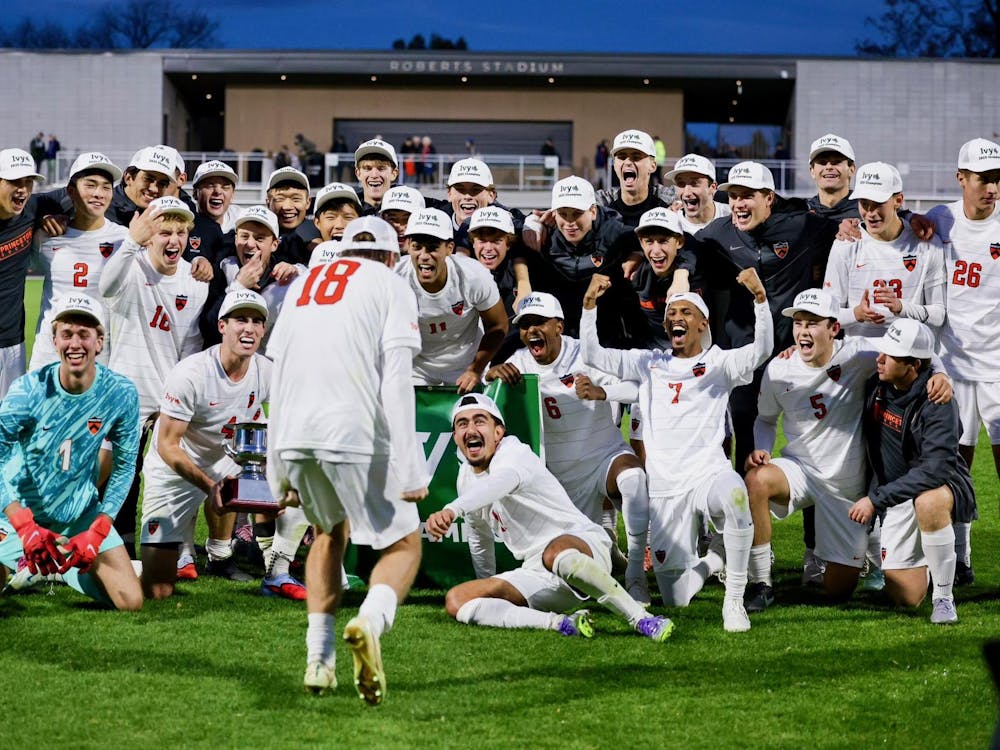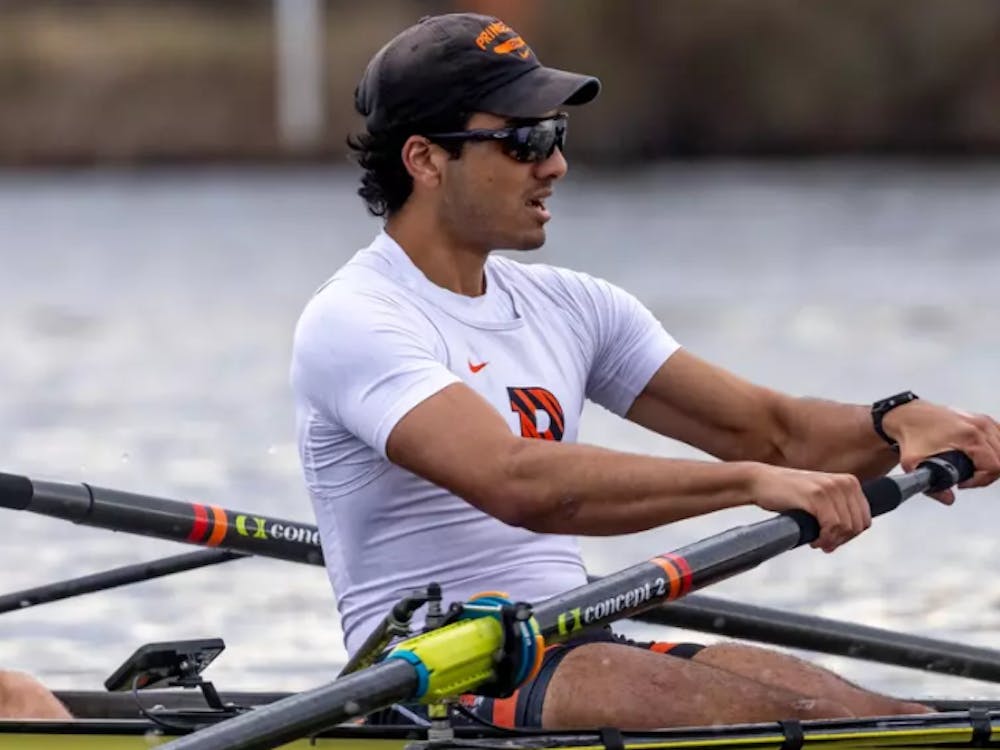In a nutshell, adventure racing is kind of like a triathlon for outdoor enthusiasts. It combines orienteering, mountaineering and canoeing with the biking and running of a typical triathlon. Adventure racing is a broad heading and has all sorts of sub-categories, ranging from short four- to six-hour-long spring races to the expedition-style multi-day races, which can sometimes cover more than 100 miles. Teams are usually in groups of two or three, with categories for coed and same-sex teams.
Adventure racing has been around since the 1980s but has only recently begun to expand due to sudden interest from collegiate competitors around the country. Believe it or not, Princeton has its own contingent of adventure racers, with the first set of Tigers competing in the late ’90s. It was this group of athletes that got me interested, and when one of them needed a partner for an upcoming race, I though I’d give it a shot.
The weekend before Lawnparties, a group of us decided to drive to Delaware and compete in a sprint adventure race quite appropriately named “the Savage.” The six-hour race was held at Brandywine Creek State Park, and it took us just an hour and a half, three cars and 12 bikes to get there before the 11 a.m. start.
Adventure racing has different checkpoints in each race component, usually a small hole puncher with a specific design that you use to punch a card that is given to you at the beginning of the race. At the end of the race, you turn in your card — a so-called race passport — and the judges make sure that you have the unique hole punches from every checkpoint in the race. When we got to the race, I thought we would just be given the small card for our hole punches, and we would be on our way, but I was in for a surprise.
My partner senior George Azarias and I got all of our gear ready, making sure our pack had the bare essentials of food (basically just Gu energy shots), water, a knife, a first aid kit, a map and a compass. Ready to go, we learn that we have to go find our passport, which was about a mile away in the middle of the woods, come back and then officially start the race. I ran down, mainly just trying to follow everyone else and hoping they knew where they were going, found our card and came back ready to get started.
Every team completes the different race components in a random order, which is printed on the race passport that you pick up at the beginning of the race. Our order for the day was trail running, team challenges, canoeing and mountain biking.
We started the trail running at a decent clip but slowed down considerably after our fifth checkpoint, where we found out we had skipped the second checkpoint. We had to backtrack completely, which burned a lot of our time, but we finished in a little over two hours. We made up for our limited running abilities with good orienteering, as we both were efficient in our map and compass skills, helping us find the shortest routes to the checkpoints.
As we were about to start on the team challenges portion of the race, a pair of guys came running to base yelling for help, as one of their teammates had heard something snap in her ankle. Since George is an EMT and I’m a Wilderness First Responder, we were more than happy to help out and rushed down with the local EMT to make sure everything was under control. We ended up using the stretcher to get the patient back to base and proceeded to finish our team challenges, which coincidently were a stretcher carry and tying a few different types of knots.
After the team challenges, we ran to the river to pick up our canoes and proceeded to start paddling to pick up the four checkpoints that were scattered throughout the river shoreline. The paddling was the hardest part of the race for me, as I had limited experience and didn’t bring a kayak paddle as many of the other more experienced competitors had. The paddling took us about two hours, and we were ready to finish off with biking until we were told to head to back to base camp.
Though we hadn’t done poorly in our running or canoeing, we had lost lots of time backtracking in the trail running portion and also when we helped our fellow competitor earlier in the day. By the time we had returned to camp to pick up our bikes, it was already 5:45, and we had been racing for nearly six hours. Everyone had to be back by 6 p.m., so we decided to call it a day and settled with the idea that we raced hard from beginning to end.
At the end of the day, it was Team Tundra, composed of seniors Kathryn Lankester, Tess Cecil-Cockwell and Katy Barnhart that took first place in the three person female division, while junior Denali Barron and senior Emily Farley finished in third for the two person female division. George and I, well, we were happy we didn’t finish last.
The Savage is definitely not the end of my adventure racing, but I think I’m going to have to wait a couple of weeks for the next one, just to let my muscles heal completely. But for anyone who’s interested, the adventure racing community is alive and well here in Princeton, so feel free to ask around and see how well you fare against the elements.








